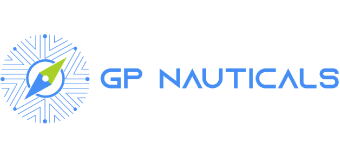Ports digitization: Application of digital twins in the maritime industry
The maritime industry has always been a sector considered traditional, however, new digital technologies open an opportunity for the modernization of the port sector that increasingly faces greater challenges in terms of resource management, infrastructure, management of meteorological events, and even changes in consumer habits.
To provide greater reliability in the services offered and to deal with any disagreement that could threaten to paralyze the sector, many ports worldwide have chosen to join the era of digitalization, investing a large part of their budgets in technological tools that allow them not only to streamline their processes. But rather to create smart ports that provide more and better services at each step of their logistics chain.
The creation of digital twins in the port context allows, among many other things, to generate impact study models in any area of the logistics chain or the community and thus predict the best alternatives for the development of a specific niche or new services. All this digitally tested in different scenarios and without real risks, which facilitates decision making, cost reduction and especially implementation times.
Nowadays, digital twins are one of the most used technologies in almost all sectors, due to their analysis potential to improve the behavior of systems, processes, services, and simulations of any type of assets of any company.
The crisis generated by the Covid-19 pandemic helped accelerate the implementation of this type of information technologies since they ensure the permanence of companies in the market, but above all, because many sectors evidenced the importance of data analysis, remote monitoring of activities, and prediction of future scenarios.
Most of the implementations of digital twins are based on Big Data and are combined with artificial intelligence methods since it enables the dynamic and updated representation in real time of a real and/or physical system, but being itself a controlled and safe environment for experimentation, which allows to detect failures, plan maintenance tasks, avoid delays or unexpected stops and best of all is that you can build and test new scenarios, more efficient and agile; without risking new investments.
The implementation of a digital twin in the port sector, not only allows a significant improvement in the decision-making of shipping companies, port operators, and other ecosystem players but also facilitates the creation of regulations that encourage the integration of transport supply chain operations and collaborative work.
Having a digital twin model in the maritime sector influences 3 main areas such as fleet, port, and terminal optimization. Ecosystem stakeholder analysis and end-to-end supply chain optimization.
Digital transformation brings with it a disruption of business strategies, plans for a cultural change, how things are done, and how the new processes will be to compete in a new digital environment, which leads us to understand that we are facing the technological revolution of the maritime industry.
